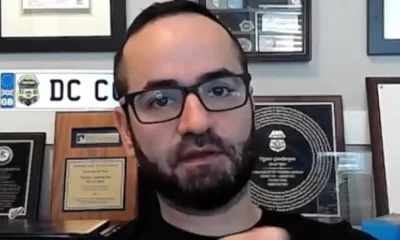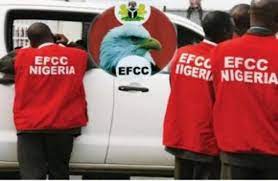Top Stories
Shinzo Abe: what we know so far about killing of former Japanese PM
Shinzo Abe: what we know so far about killing of former Japanese PM
Sixty-seven-year-old died following shooting in Nara in western Japan, and a suspect has been detained.
- Japan’s former prime minister Shinzo Abe has died after being shot while giving a speech in the western city of Nara on Friday.
- Abe appeared to be in a state of cardiac arrest when he was airlifted to hospital after the shooting. Emergency services said he had been wounded on the right side of his neck and left clavicle.
- Police arrested a 42-year-old man at the scene. He has been named as Tetsuya Yamagami, from Nara. He is a former member of the maritime self-defence force, according to Fuji TV. He reportedly left the force in 2005.
- Media reports quoted police as saying that the weapon thought to have been used in the attack was homemade. Japan’s gun-ownership restrictions do not allow private citizens to have handguns, and licensed hunters may own only rifles.
- Abe, Japan’s longest-serving prime minister, had been in Nara giving a campaign speech ahead of this Sunday’s upper house elections when he was shot. All parties suspended campaigning after the shooting.
- Japanese politicians reacted with extreme shock to the shooting. “I am incredibly shocked,” Tokyo governor Yuriko Koike told a regular news conference before Abe’s death was announced, fighting back tears and sniffling audibly. “No matter the reason, such a heinous act is absolutely unforgivable. It is an affront against democracy.”
- Japan’s prime minister, Fumio Kishida, hastily returned to Tokyo from campaign events around the country. He called the shooting “dastardly and barbaric”.
- Attacks on politicians in Japan are unusual. There have been only a handful in the last half century, most notably in 2007 when the mayor of Nagasaki was shot and killed by a gangster – an incident that resulted in still further tightening of gun regulations.
- The last time a former prime minister was killed was in 1936 during Japan’s radical prewar militarism.


 Politics15 hours ago
Politics15 hours agoLagos Assembly Proposes Geographic Information Law

 Business and Brands14 hours ago
Business and Brands14 hours agoAccess Bank Group, Aig-Imoukhuede Foundation Pledge $300m to Transform Africa’s Economic Landscape

 Top Stories2 hours ago
Top Stories2 hours ago‘Tax Evasion’: FIRS amends charge against Binance, Gambaryan

 News2 hours ago
News2 hours agoBlack Market Dollar (USD) To Naira (NGN) Exchange Rate Today 18th May 2024

 Top Stories1 hour ago
Top Stories1 hour agoXi and Putin: The marriage of convenience that is reshaping the world order

 News2 hours ago
News2 hours agoLagos Court Jails Social Media Influencer,’Keanu Reeves’ For Celebrity Scam

 Entertainment2 hours ago
Entertainment2 hours agoYour red t-shirt dressing to the burial ceremony of Jr Pope is annoying and disrespectful – Delta state gov’s aide tells Zubby Michael

 Entertainment2 hours ago
Entertainment2 hours agoBasketmouth’s estranged wife, Elsie slams people poke nosing in her life (video)






